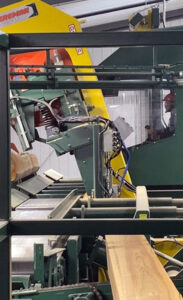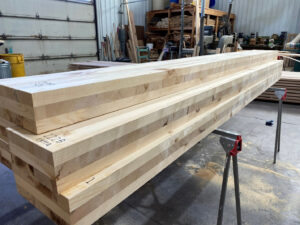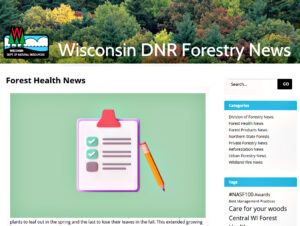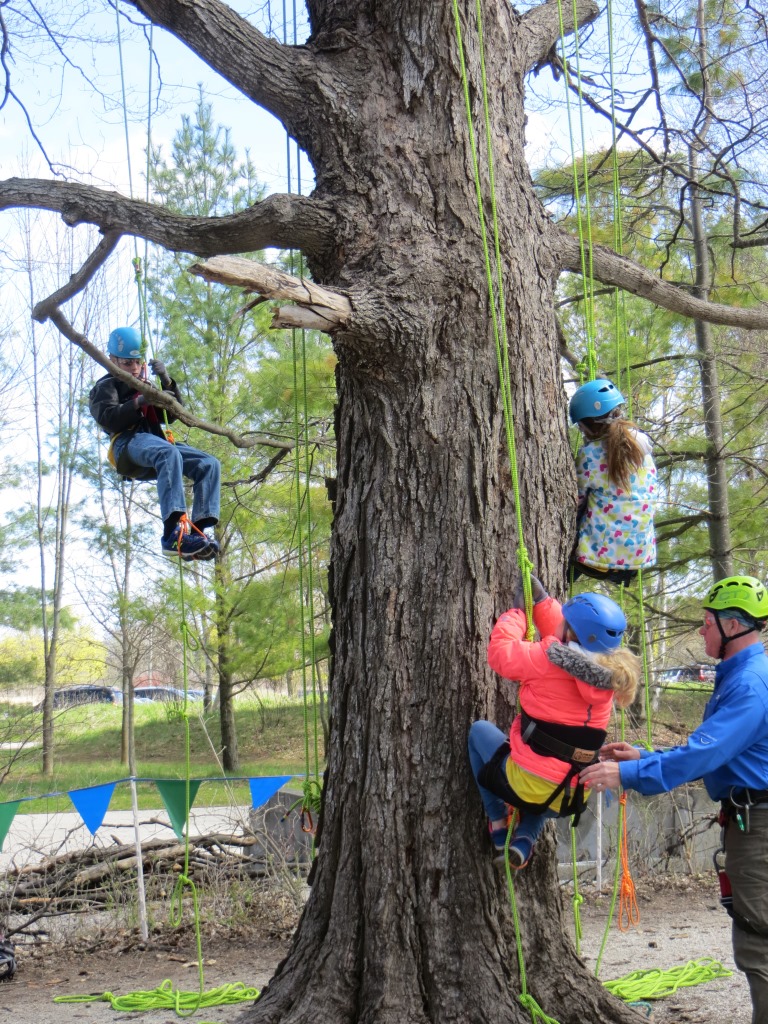 Volunteers are needed to be on the ground and up in the tree. Tasks on the ground include helping parents fill out waiver forms, outfitting kids in helmets and saddles and belaying kids up into the tree using pulley systems. Volunteers are needed in the tree to teach kids limb walking, hanging upside down, etc.
Volunteers are needed to be on the ground and up in the tree. Tasks on the ground include helping parents fill out waiver forms, outfitting kids in helmets and saddles and belaying kids up into the tree using pulley systems. Volunteers are needed in the tree to teach kids limb walking, hanging upside down, etc.
Please sign up online to help.
When: Oct. 5, 9 a.m. – 1 p.m.
Where: Riverbend Nature Center
3600 North Green Bay Road
Racine, WI, 53404

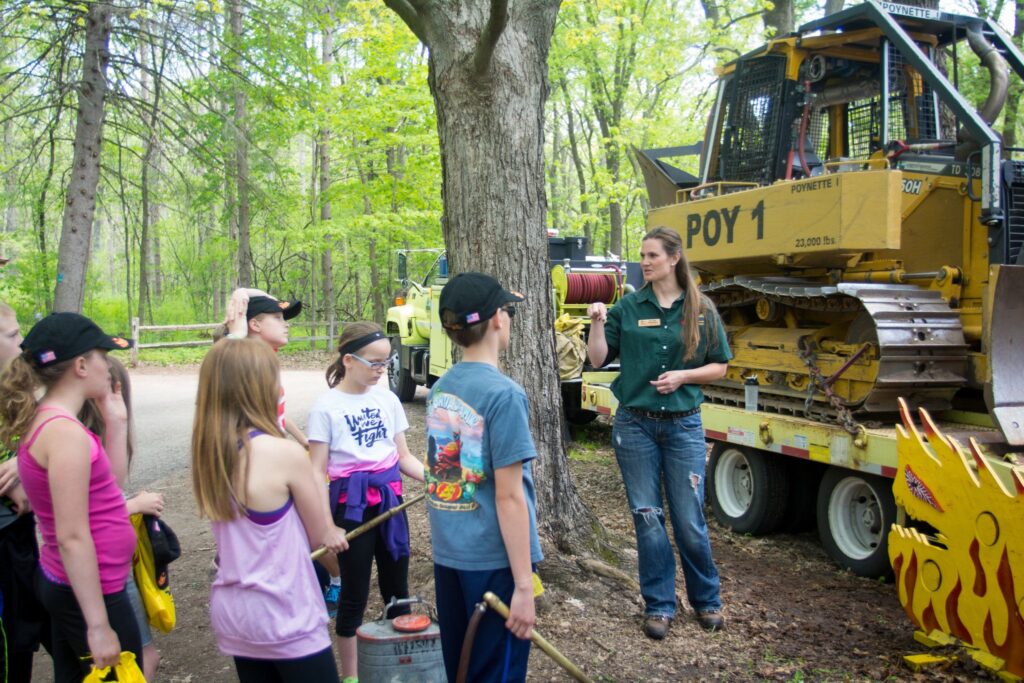 Wheels to Woods is a school to forest or forestry-related field trip transportation grant program supported and administered by the WI Society of American Foresters DEI Committee.
Wheels to Woods is a school to forest or forestry-related field trip transportation grant program supported and administered by the WI Society of American Foresters DEI Committee.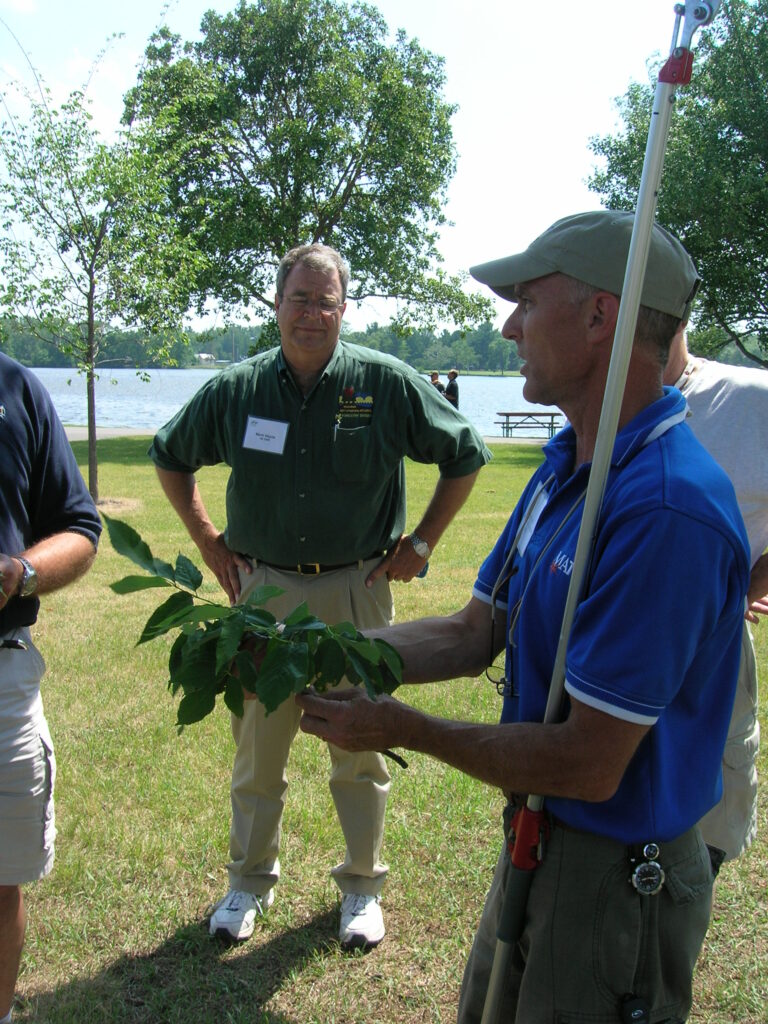 *These training opportunities are provided as an information service only and do not constitute an endorsement from the Wisconsin Department of Natural Resources (DNR).
*These training opportunities are provided as an information service only and do not constitute an endorsement from the Wisconsin Department of Natural Resources (DNR).